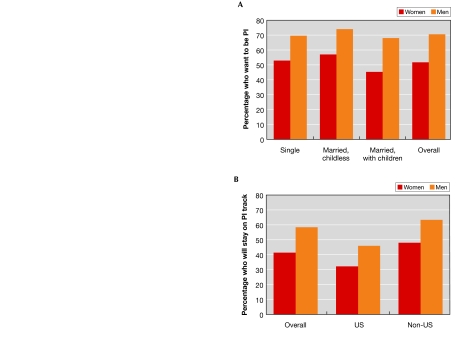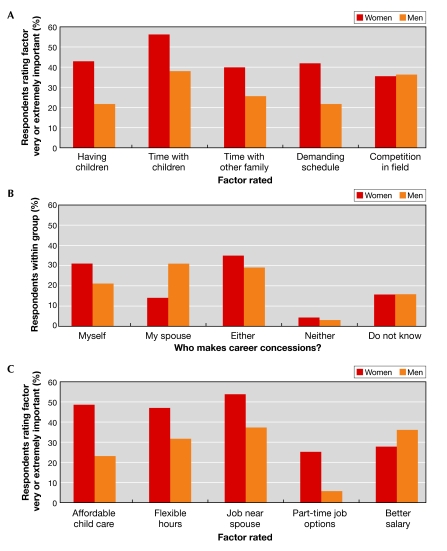Women constitute approximately 45% of the postdoctoral fellows in the biomedical sciences at universities and research institutions in the USA, but a much lower percentage of women hold faculty positions. In the US National Institutes of Health (NIH; Bethesda, MD) Intramural Research Program, for example, women make up only 29% of the tenure-track investigators and hold just 19% of the tenured senior investigator appointments. A similar disparity between the ratio of men and women in independent faculty positions exists in most academic institutions across the USA (Nelson, 2005; NSF, 2004, 2006), and statistics from Europe show a similar trend of women disappearing from the higher echelons of academia (EC, 2006).
The transition from postdoctoral fellow to faculty is a period during which a worrying number of women leave academic research. Several recent surveys have tried to identify factors that lead to the attrition of women from the life sciences and engineering (University of California, 2005; Princeton University, 2003; University of Michigan, 2004; Baltimore et al, 2005), but these have not addressed the important question: why are female postdoctoral fellows falling off the academic bandwagon in greater numbers than male postdoctoral fellows?
During the past ten years, the percentage of women in tenured positions at the NIH increased slightly, from 18% to 19%, but the percentage of women in tenure-track positions remained unchanged. These facts led to the establishment of the Second Task Force on the Status of NIH Intramural Women Scientists. As part of this task force, the Postdoctoral Fellows Subcommittee set out to identify factors that might influence the decision of female postdoctoral fellows to pursue a position as a principal or independent investigator (PI). As several studies have previously identified family demands and self-confidence as factors that generally draw women away from the workforce at large (Kaplan & Granrose, 1993; Sears, 2003; Mason & Goulden, 2004; Hoonakker & Schoepke, 2005), our survey included questions to determine how these and other factors affect young female scientists in their career choices at the postdoc to PI transition.
The transition from postdoctoral fellow to faculty is a period during which a worrying number of women leave academic research
More than 1,300 intramural postdoctoral fellows at the NIH—from a total of 2,437—took part in a web-based survey. Of these, 43% were women and 57% were men, which reflects the nationwide gender distribution of postdoctoral fellows in the biological sciences (Nelson, 2005; NSF, 2004, 2006). Although the age distribution was the same for men and women in this sample group, there was a clear difference between the percentage of men (44%) and the percentage of women (33.6%) with children (Table 1). Women with children are underrepresented in the postdoctoral workforce.
Table 1.
Gender and marital status of respondents
| Marital status | Women (%) | Men (%) |
|---|---|---|
| Single* | 33.3 | 27.5 |
| Married, without children | 33.1 | 28.5 |
| Married, with children | 33.6 | 44.0 |
*The group of single persons with children was too small to analyse and was thus not considered. χ2 analysis shows that gender differences with respect to having children are significant, P = 0.009. ‘Married' includes respondents who were either married or lived with a partner.
The substantially lower percentage of female PIs could simply indicate that women are less likely to consider or pursue a career as a PI; therefore, we asked NIH fellows what type of career they were considering. More than two-thirds of the men but one-half of the women answered that they were considering a PI position (Fig 1a). Among all fellows, those who were married with children were the least likely to consider becoming a PI, and within this group, women were even less inclined to become a PI than their male counterparts.
Figure 1.
Fewer women will pursue a principal investigator position. (A) The responses of female and male fellows on the US National Institutes of Health (NIH) Intramural Research Program indicating whether they are considering pursuing the principal investigator (PI) career track; P < 0.0001 for gender differences in all cases. (B) The responses of fellows indicating whether they would continue to pursue a PI position if their first application failed; P < 0.0001 across all responses for gender difference, as well as for US (researchers from the USA) and non-US (researchers from outside the USA) responses within each gender.
The limited number of faculty positions available often requires postdoctoral fellows to persevere through many rounds of applications. When respondents were asked about their choice of career if they failed to obtain a PI position on their initial attempt, we found that 58% of men and 41% of women said they would continue to pursue a PI position (Fig 1b). Interestingly, both female and male respondents from outside the USA showed a greater commitment to the PI career track than their US counterparts. Despite this, a gender difference was still apparent in the non-US sub-population (Fig 1B) and, in general, women seem less likely to persevere on the PI career path than men. The consequence is that, despite similar numbers of men and women at the postdoctoral level, the pool from which PIs are selected contains considerably fewer women than men—an imbalance that increases with repeated attempts to secure a PI position, as more women drop out in subsequent application cycles.
…more than 21% of women, but only 7% of men, said that plans to have children or to have more children were extremely important considerations in planning their career
To identify the specific causes that deter women from following the PI track, we asked respondents to rank 15 factors that could influence their decision to pursue a position as a PI. There was no significant difference between the genders in ratings given to factors such as competition, managerial duties or the need to obtain tenure (Fig 2a; Supplementary information online). Interestingly, salary level was of greater concern to men than to women, but we observed the largest differences between men and women with reference to factors related to children, spending time with children and spending time with other family members. Although a large percentage of women rated these factors as extremely important or very important to their decision-making, men considered them less important (Fig 2a). For example, more than 21% of women, but only 7% of men, said that plans to have children or to have more children were extremely important considerations in planning their career. Similarly, spending time with family members other than children was considered to be extremely or very important by 40% of women, but by only 25% of men. Remarkably, 57% of married female postdocs who did not yet have children, and more than 36% of single women—compared with 29% and 21% of men, respectively—rated having children as a very or extremely important factor influencing their career choices. This indicates that more women than men foresee family responsibilities as a possible source of conflict with their future professional life.
Figure 2.
Family considerations are important to more women than men. (A) The percentage of respondents who rated the indicated factors as very or extremely important in their pursuit (or otherwise) of the principal investigator (PI) career track. (B) The responses of married fellows regarding career concessions they are willing to make for and expect from their partners. (C) The percentage of respondents who rated the indicated factors as very or extremely important to make the PI career track more attractive. All gender differences shown, except for competition in the field in panel (A), are statistically significant with P < 0.05.
Finally, the travel requirements and demanding schedule of a PI in academic research were factors that women weighted more heavily than men—perhaps because women tend to have a more direct role in caring for dependents and undertaking household management. Consistent with this, a greater percentage of married women (46%), regardless of whether they had children, were concerned about the burden of a demanding schedule in comparison with single women (35%). Interestingly, marital status had no influence on the rating men gave this factor (22% and 21.5% for married and single men, respectively).
Another significant difference between married men and women was the employment status of their spouse. 51% of married men and 83% of married women reported having a spouse who works 40 hours or more per week; conversely, 36% of men and only 8% of women had a spouse who does not work outside the home. Consistent with this, day care arrangements also differed between the genders: 42.5% of men reported that a spouse or relative cares for their children during the day, but only 15.5% of women were in such a situation. Similarly, 71.5% of men and only 25% of women said a spouse or a relative took care of any offspring after school. The literature suggests that these facts alone constitute a professional advantage for male postdocs (Kirchmeyer, 2006). Among dual-career couples, 30–35% of respondents from both genders said that either they or their spouse would make career concessions. However, perhaps not surprisingly, 31% of married women said that they would make changes to accommodate their husband's job, whereas only 21% of the men reported they would do the same for their wife's career (Fig 2b). Remarkably, married men from the USA were only half as likely as their non-US counterparts to make concessions in their career paths (see Supplementary information online). Furthermore, 30% of men expected their spouse to make concessions compared with just 15% of women. Therefore, it appears that women fellows face family challenges not equally shared by men.
To assess the professional preparation of fellows, we asked respondents to rate themselves in several traits. The majority of both male and female fellows thought that they had adequate levels of creativity, competitive drive, assertiveness, passion for science and experimental skills. Women felt moderately better prepared in communication and oral presentation skills than men, yet reported slightly less adequacy in all other areas (see Supplementary information online).
…31% of married women said that they would make changes to accommodate their husband's job, whereas only 21% of the men reported they would do the same for their wife's career
Despite a similar self-assessment of professional skills across the two genders, more than 59% of men, but only 40% of women, were confident that they would obtain a PI position. This tendency of women to express lower confidence in their skills was illustrated further by their lower expectations of obtaining tenure. Assuming they were granted a PI position, 55% of men, but only 43% of women, were highly confident that they would achieve tenure, and this gender-based difference increased if only fellows from the USA were considered (see Supplementary information online). Whether this lower confidence originates from foreseen future challenges that affect women more than men—such as childbearing, child care and/or a less favourable professional environment—or whether they indicate that women underestimate their professional ability, is an important question that requires further study.
We also uncovered other gender differences related to the work environment that might have real—albeit less direct—effects on career decisions and professional outlook. The most important factor was whether the fellow had a project that he or she could take with them when becoming a PI; 67% of men and 48% of women answered this question affirmatively and, in addition, 14% of men and 9% of women reported having dedicated technical help in their current research. By contrast, when asked if their present PI was receptive to their family responsibilities, 86% of male respondents and 83% of female respondents answered yes, and both men and women reported equal levels of support from the NIH and their PI to undertake professional activities such as attending conferences, taking courses and writing review articles. Therefore, there are some gender disparities in the work environment during the postdoctoral years, which might have a cumulative negative influence on the future career opportunities or career choices of women.
To define the concerns of both men and women when choosing a career path, we asked fellows to rate factors that would influence their likelihood to pursue a position as a PI. In particular, we wanted to identify areas that could potentially be addressed by institutions themselves. No gender-based differences were found in the reported need for greater support from a mentor, or for better grant-writing and negotiation skills. A larger percentage of men than women reported that a higher salary would be a facilitating factor. By contrast, crucial factors in making a PI position more attractive to women included the availability of affordable child care, a job located near their spouse's employment and the possibility of working flexible or part-time hours (Fig 2c). The considerations of a large percentage of women are substantially different from those of men and revolve around family issues—a difference that academic institutions that are recruiting qualified women candidates should take into account during the hiring process.
Whether this lower confidence originates from foreseen future challenges that affect women more than men […] or whether they indicate that women underestimate their professional ability, is an important question that requires further study
The recent report, Beyond Bias and Barriers: Fulfilling the Potential of Women in Academic Science and Engineering, from the US National Science Foundation (NSF, Washington, DC, USA), called attention to the serious problem faced by the scientific community in the USA: the loss of highly trained women, who constitute an essential part of the scientific workforce and of the nation's resources (NSF, 2004; COSEPUP, 2007). But the problem is not only serious for the USA; other advanced nations have recognized similar trends and worry that they are losing an essential part of the trained workforce (EC, 2003). The European Commission has acknowledged, “[…] that the EU's research capacity will be difficult to sustain and impossible to increase according to the ambitious plans that have been set, if intellectual resources are not drawn from those with appropriate abilities and attainment on a more equitable basis than they are at present” (EC, 2006).
In our study, we found that part of this problem originates from the reluctance of women to pursue a career as an independent researcher given the unique challenges that they face. We have identified that family considerations are a major deterrent, a finding that is consistent with other studies. Research institutes must therefore recognize that female postdoctoral fellows still face dilemmas that are universally shared by women throughout the workplace—no matter how extensive their training and their commitment. Female fellows also share a less optimistic outlook about their future success as PIs. This lack of confidence might relate to the additional challenges that they face in combining family life and a career, or could reflect subtle disparities they have experienced as fellows or throughout their early careers. A priori, one could imagine that female postdoctoral fellows who had trained for more than 8 years before taking up their first postdoc position would have already dealt with and resolved self-confidence issues—but this does not seem to be the case.
The mentoring and training of fellows should therefore take into account the particular needs of women. Most young female scientists have male mentors and lack female career role models. At the NIH, for example, 77% of women reported that both their current and previous mentor/supervisor were men. It is not surprising then that female postdocs question their ability to succeed in the PI track because they see so few senior women ahead of them. In particular, the paucity of senior female PIs who have successfully combined their career and family might act as a deterrent to junior female scientists—especially to those who plan to have children after their postdoctoral fellowship—and weaken their confidence further.
Academic institutions should therefore make greater efforts to promote informal trans-institutional interactions between postdoctoral fellows and senior scientists, and avail trainees of discussions that go beyond benchwork. Furthermore, all PIs should give special attention to cases where capable and talented postdocs forgo the PI track owing to issues of confidence or their ability to combine work and family. As the majority of PIs are men, they must actively commit themselves to helping female postdocs find creative ways to resolve career conflicts. Removing the obstacles or conflicts that female postdocs have themselves defined as hindering their future scientific academic participation should be the priority.
Our survey also revealed that many women would consider taking a part-time PI position (Fig 2c, Supplementary information online). Research institutions and universities should therefore consider part-time or job-sharing positions, on either a temporary or permanent basis, along with the appropriate funding and tenure mechanisms to accommodate and support these options. Institutes and funding agencies should also consider additional funding opportunities to support a greater number of semi-independent positions, as well as re-entry research positions after a partial or full absence for family or personal reasons. These could include grant supplements to bring a qualified spouse on board to participate in an independent or associated scientific project. Scientific conferences and workshops could consider making child-care facilities available, which would alleviate some of the difficulties associated with professional travel. These and other family-friendly policies and job arrangements should be promoted by and highly advertised by institutions. This will encourage other universities and research institutes to examine and improve their existing policies, and it is likely to increase the female applicant pool from which to choose PIs.
Research institutes must […] recognize that female postdoctoral fellows still face dilemmas that are universally shared by women throughout the workplace…
The first years of a PI position are far less forgiving than earlier stages of an academic research career. To increase the overall retention of women on the PI track, institutions could consider empowering women to have children earlier in life—for example, by providing high-quality and affordable child-care to postdoctoral fellows and graduate students. The percentage of childless men and women between the ages of 30 and 34 is approximately 38% and 25%, respectively, according to the US Census Bureau (US Census Bureau, 1992, 2004). This differs greatly from the situation among US fellows at the NIH in this age group—the largest age group in our study—in which 65% of men and 75% of women did not have children. For many fellows embarking on the PI track, this means that starting a family is likely to coincide with establishing an independent research programme. Our findings indicate that women are more affected by familial responsibilities; therefore, the availability of quality child care earlier in career could alleviate this problem.
…policies and incentives alone are not sufficient; the scientific culture itself needs to change and accept the needs of women and men who wish to combine family and scientific careers
But policies and incentives alone are not sufficient; the scientific culture itself needs to change and accept the needs of women and men who wish to combine family and scientific careers. As has been illustrated by the University of California's survey, having family-friendly policies, such as tenure clock extension, is not enough (Mason et al, 2005). In the current research climate, extending the tenure track is perceived as being harmful to one's career development and promotion (Bhattarcharjee, 2004; Ward & Wolf-Wendel, 2004). Institutions and individuals therefore need to fully accept family-friendly policies that neither directly nor indirectly punish those who legitimately wish to use them. If it is to remain healthy, balanced and effective, the scientific community should wake up to the needs of female PIs by fully supporting—in both theory and practice—initiatives and policies that address the problems faced by women who could take up an independent position. Targeting this population of scientists will increase the number of women entering the PI track and will ultimately result in an increase in the number of women who hold senior positions—thus sustaining the involvement of women in academic science through future generations.
Supplementary information is available at EMBO reports online (http://www.emboreports.org)
Supplementary Material
Falling off the academic bandwagon: Women are more likely to quit at the postdoc to PI transition
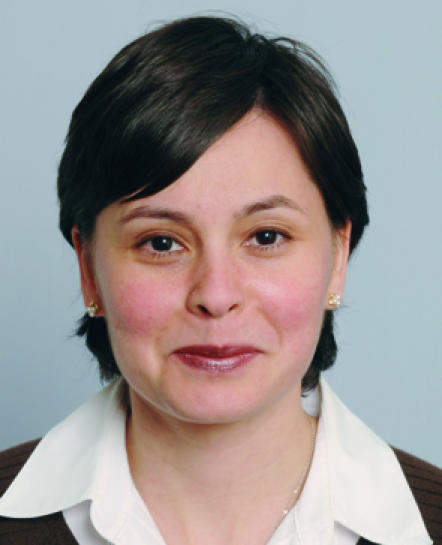
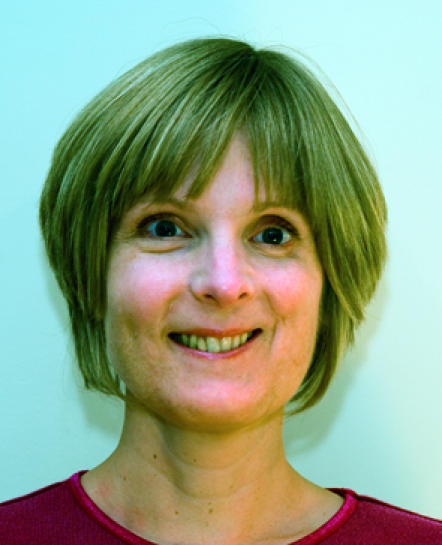
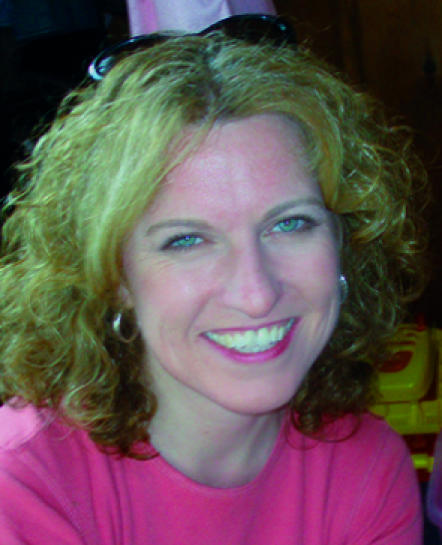
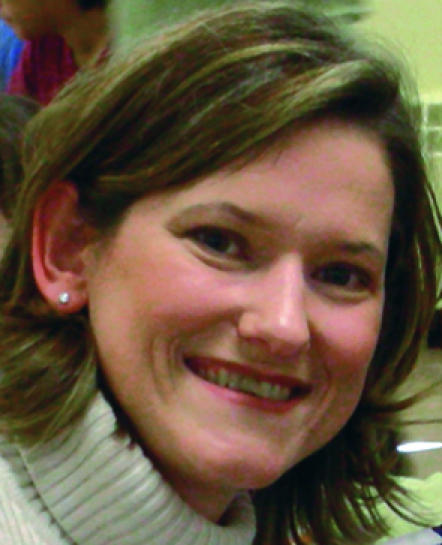
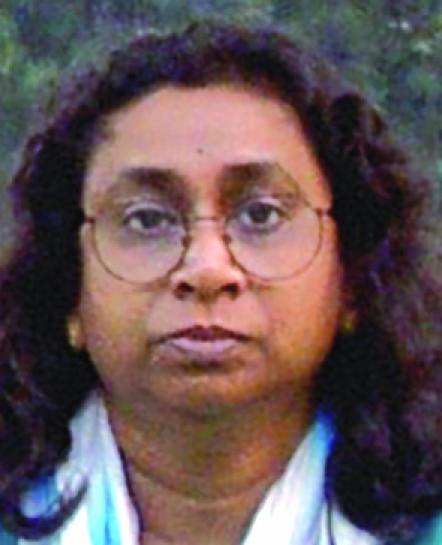
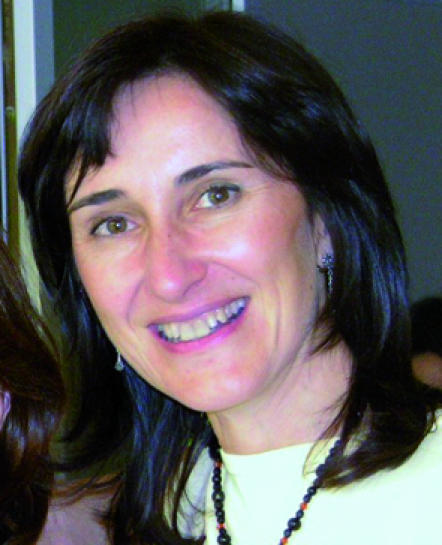
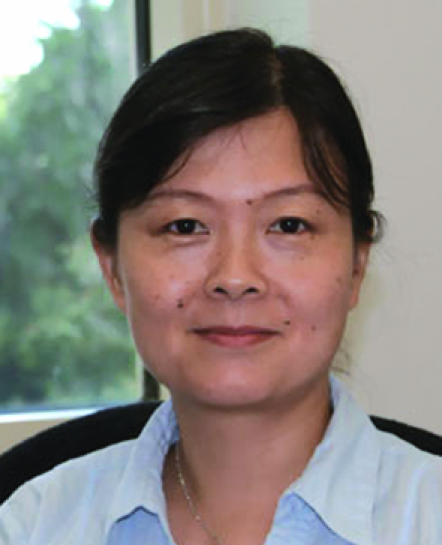
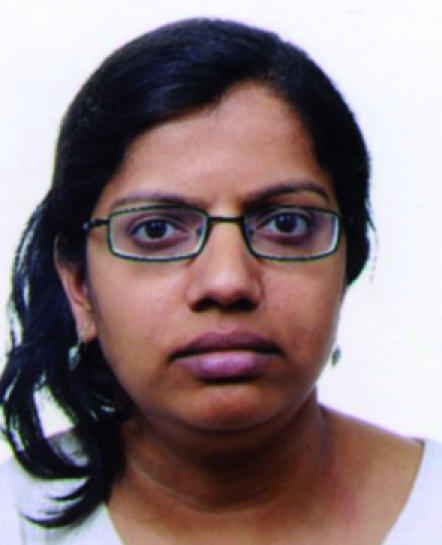
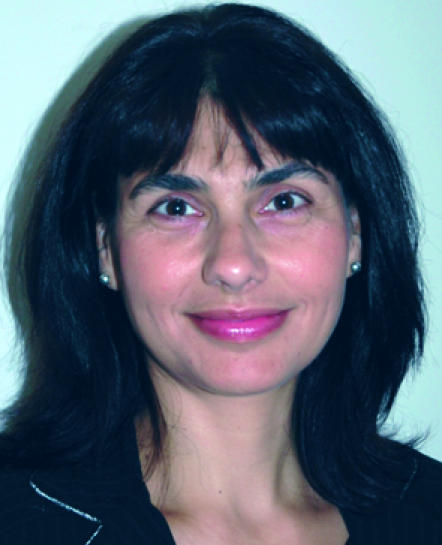

Acknowledgments
We thank the NIH Office of Science Policy and the Office of Research on Women's Health for providing funding for this survey, and NIH fellows for their participation. We are grateful to Joan P. Schwartz and the other members of the Second Task Force for their assistance with the survey design, and particularly to Germaine Buck Lewis, Anne Trumble and Chengzao Wei for help with statistical analysis. We thank Johanna Levelt Sengers and many of our colleagues for helpful discussions and encouragement.
References
- Baltimore D, Summers LH, Hockfield S, Tilghman SM, Hennessy J, Brigeneau R, Coleman MS, Gutmann A, Levin RC (2005) Joint Statement by the Nine Presidents on Gender Equity in Higher Education. Cambridge, MA, USA: Massachusetts Institute of Technology [Google Scholar]
- Bhattacharjee Y (2004) Family matters: stopping tenure clock may not be enough. Science 306: 2031–2033 [DOI] [PubMed] [Google Scholar]
- Committee on Science, Engineering and Public Policy (COSEPUP) (2007) Beyond Bias and Barriers: Fulfilling the Potential of Women in Academic Science and Engineering. Arlington, VA, USA: National Science Foundation [PubMed] [Google Scholar]
- EC (2003) Waste of Talents: Turning Private Struggles into a Public Issue—Women and Science in the Enwise Countries. Brussels, Belgium: European Commission [Google Scholar]
- EC (2006) She Figures 2006. Brussels, Belgium: European Commission [Google Scholar]
- Hoonakker PLT, Schoepke JS (2005). Work family conflict in the IT workforce. In Human Factors in Organizational Design and Management VIII, P Carayon, M Robertson, B Kleiner, PLT Hoonakker (eds), pp 81–86. Santa Monica, CA, USA: IEA [Google Scholar]
- Kaplan E, Granrose CS (1993) Factors influencing women's decision to leave an organization following childbirth. Employee Responsibilities and Rights Journal 6: 45 [Google Scholar]
- Kirchmeyer C (2006) The different effects of family on objective career success across gender: a test of alternative explanations. J Vocat Behav 68: 323 [Google Scholar]
- Mason MA, Goulden M (2004) Do babies matter (Part II)? Closing the baby gap. Academe Nov–Dec [Google Scholar]
- Mason MA, Stacy A, Goulden M, Hoffman C, Frasch K (2005) Faculty Family-Friendly Edge. Berkeley, CA, USA: The University of California [Google Scholar]
- Nelson DJ (2005) A National Analysis of Diversity in Science and Engineering Faculties at Research Universities. Norman, OK, USA: University of Oklahoma [Google Scholar]
- NSF (2004) Women, Minorities and Persons with Disabilities in Science and Engineering. Arlington, VA, USA: National Science Foundation [Google Scholar]
- NSF (2006) Beyond Bias and Barriers: Fulfilling the Potential of Women in Academic Science and Engineering. Arlington, VA, USA: National Science Foundation [PubMed] [Google Scholar]
- Princeton University (2003) Report of the Task Force on the Status of Women Faculty in the Natural Sciences and Engineering at Princeton. Princeton, NJ, USA: Princeton University [Google Scholar]
- Sears ALW (2003) Image problems deplete the number of women in academic applicant pools. Journal of Women and Minorities in Science and Engineering 9: 161 [Google Scholar]
- University of California (2005) Report of the Chancellor's Task Force on the Climate for Faculty. San Francisco, CA, USA: University of California [Google Scholar]
- University of Michigan (2004) Report of the Subcommittee on Family Friendly Policies and Faculty Tracks. Wisconsin, MI, USA: University of Michigan [Google Scholar]
- US Census Bureau (1992) Survey of Income and Program Participation. Washington, DC, USA: US Census Bureau [Google Scholar]
- US Census Bureau (2004) Current Population Survey. Washington, DC, USA: US Census Bureau [Google Scholar]
- Ward K, Wolf-Wendel L (2004) Fear factor: how safe is it to make time for family? Academe 90: 28 [Google Scholar]
Associated Data
This section collects any data citations, data availability statements, or supplementary materials included in this article.
Supplementary Materials
Falling off the academic bandwagon: Women are more likely to quit at the postdoc to PI transition



